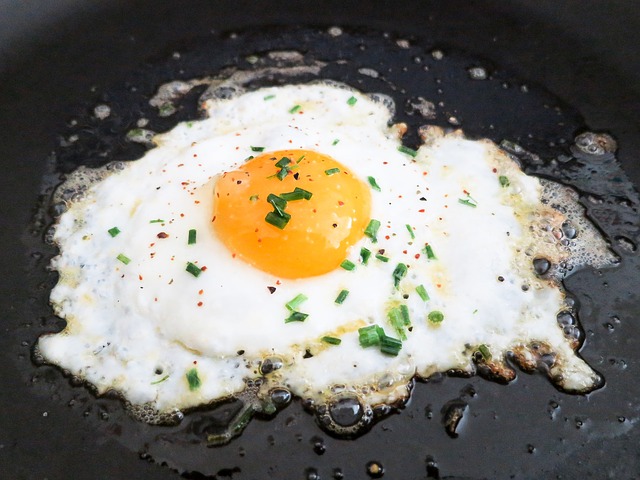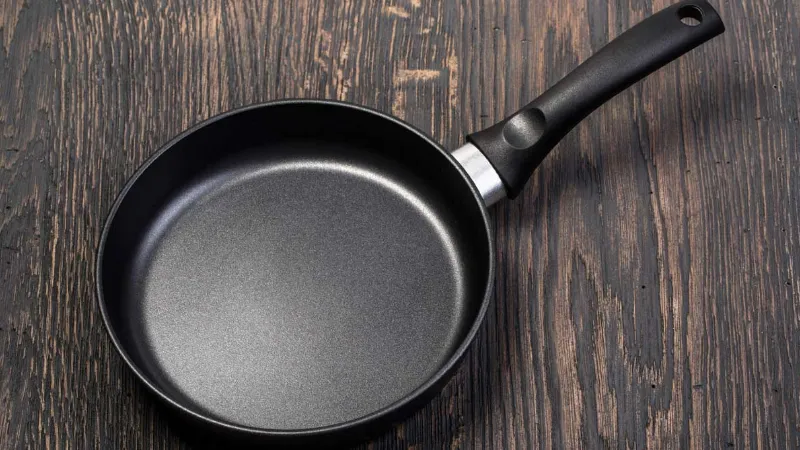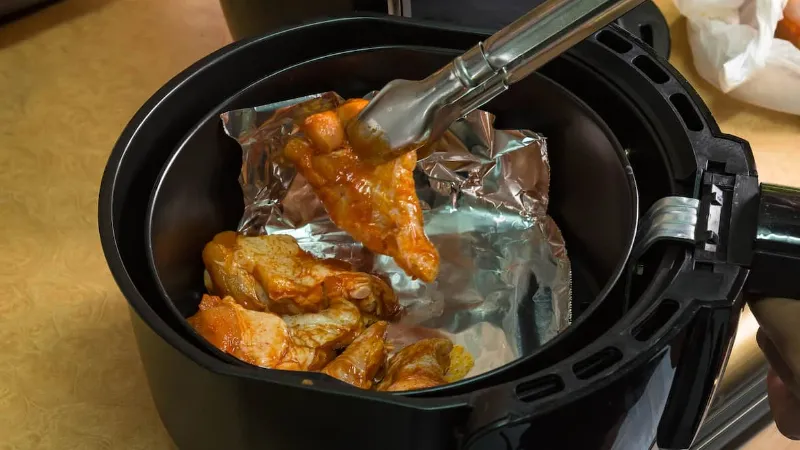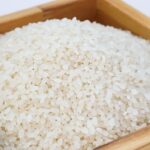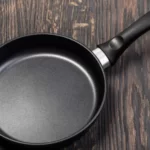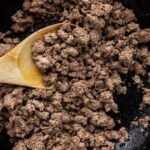How To Season Stainless Steel Pan? The Answer Will Surprise You
How to season stainless steel pan? To begin the seasoning process, add oil to a clean stainless steel pan and allow it to heat. After that, you’ll be able to prepare a variety of delectable meals for you and your family using your newly seasoned pan!
The majority of nonstick pans on the market, however, contain hazardous chemicals, making them less than ideal for cooking. It is always much simpler to cook with pans that don’t stick. Seasoning your own pans at home is the best, simplest, and healthiest way to use nonstick cookware.
Table of Contents
Ways On How To Season Stainless Steel Pan
Maybe you find it a little difficult to imagine learning how to season a stainless steel pan. However, the procedure is simple if you take the time to carefully implement the steps that we have listed here for your convenience. When your stainless steel pan is properly seasoned for the best cooking experience each time you use it, you can cook with genuine peace of mind.
Wash Your Stainless Steel Pan, And Be Sure To Dry It Well
Apply mild dish soap and warm water when cleaning a stainless steel pan. Make sure to thoroughly clean the pan. After that, thoroughly rinse the stainless steel pan to remove any dish soap residue from it. So that no parts of the stainless steel pan are still wet, be sure to dry it thoroughly.
Choose An Oil With A High Smoking Point To Season Your Pan With
You should season your pan with sesame, vegetable, peanut, or soybean oil. High smoking point oils will react to the heat more quickly and “stick” to the pan better as you start the seasoning process. Your seasoning will last longer and be more potent as a result.
Just Enough Oil Should Be Added To The Pan To Cover The Bottom.
This will equate to about 2 tablespoons (30 ml) of oil for the majority of pans. To distribute the oil to the sides, swirl the pan. To ensure that the entire interior is seasoned for cooking, try to cover the inside of the pan as completely and evenly as you can.
Allow The Stainless Steel Pan To Cool Completely
It is necessary to remove the stainless steel pan from the top of your stove and let it cool completely when you notice that it is hot and starting to smoke on top of your food. You can safely use a piece of paper towel or rag to remove any excess oil from the stainless steel pan once it has reached a cool condition.
Do The Seasoning Again As Required
Remembering that seasoning your stainless steel pan is a continuous process is essential. As a result, you will know that it’s time to re-season your stainless steel pan if you notice that your food eventually begins to stick to the surface while it’s cooking. Follow the three steps we previously listed for effective seasoning of your stainless steel pan to get fantastic results.
Pour All Of The Excess Oil From The Pan Down Your Kitchen Drain
Once you’re done, you’ll still be able to see some oil in the pan; this is acceptable. If you don’t want to pour the oil down the drain, you can also soak it up and dispose of it with food waste. Even if you can still see some oil in the pan after you’re done, it’s fine.
Wipe The Inside Of The Pan With A Paper Towel
The paper towel should be rolled up and rubbed in circular motions over the pan. This will both wipe up any leftover extra oil and make the pan appear shiny. The pan is now nonstick as evidenced by its shine after being sufficiently glossed.
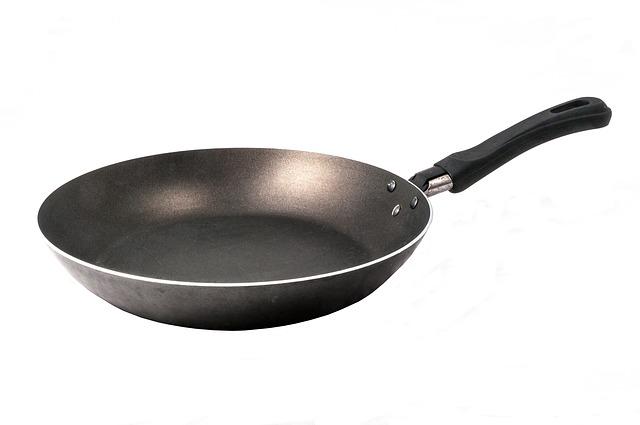
Do You Have To Season The Stainless Steel Pans?
It’s possible that you’ve been debating whether or not you should season your stainless steel pans. The truth is that while you always need to season pans made of carbon steel and cast iron, you don’t need to season pans made of stainless steel. However, many amateur cooks and many chefs enjoy seasoning their stainless steel pans.
Many home cooks and professional chefs have the practice of taking the time to season their new stainless steel fry pans because the oil aids in providing sealing for the steel pores, resulting in a kind of nonstick condition for the surface of the stainless steel pans.
By doing this, you can easily enjoy using your stainless steel pans while cooking. Additionally, this greatly simplifies and speeds up the pan cleaning process. For those who are busy and do not have time to thoroughly clean their pans, this is the perfect solution.
On the subject of whether seasoning stainless steel pans actually has any advantages, some people have a tendency to disagree. The seasoning of stainless steel pans does not, however, have any negative side effects.
Therefore, seasoning your stainless steel pans will be successful if you prefer a slippery surface for your nonstick cooking.
Read about: How Many Quarts In A 9×13 Pan?
Season Stainless Steel Pan FAQs
Using Stainless Steel Cookware For The First Time
Before starting to cook with your brand-new stainless steel cookware, there are a few easy preparations you should make.
First, scrub it thoroughly with a sponge and warm, soapy water. Dry it completely in the air. Second, season your pan as described earlier.
Make sure you are familiar with the proper cooking techniques for stainless steel: always pre-heat your pan to medium heat; never cook at a high temperature; and avoid placing cold food directly into a hot pan.
What Kind Of Oil Is Best For Seasoning Stainless Steel Pans?
You must select an oil with a high smoking point for the best seasoning. The smoking point of an oil is the temperature at which it begins to emit smoke.
A quick way to determine whether your oil is suitable is to look at the color; the higher the smoke point, the lighter the oil’s hue. Alternately, refer to this helpful smoke point guide.
The best oils for seasoning stainless steel are sunflower, avocado, corn, peanut, or rice-bran oil. Avoid using virgin or extra virgin coconut, canola, or olive oil because their smoke points are insufficient for seasoning.
Can You Really Cook With Stainless Steel?
Stainless steel is not naturally nonstick, so no. Nevertheless, there are pan preparation and cooking techniques that will make your food less likely to stick. The seasoning, which we’ve already discussed, is obviously the most crucial, but you should also adhere to other rules.
Allowing your food to come to room temperature for 10 to 15 minutes before adding it to the pan will prevent it from sticking to the hot surface.
The pan should be preheated over medium heat because food will stick if it is too hot or too cold.
Taking a car, with tickets costing an average of 18 USD and a 3-hour travel time, is the fastest way to travel from Raleigh to Myrtle Beach.
Conclusion
So, do you understand how to season stainless steel pan?
We do not advise seasoning stainless steel cookware. You don’t need to worry about doing this extra step once you’ve unboxed your stainless steel pan and can begin cooking right away.
Cookware that has been seasoned adds an oil layer to the cooking surface, filling the metal’s pores and causing the cookware to become nonstick. We don’t think it’s necessary to season with oil beforehand because oil is added to Stainless Steel Cookware while it’s cooking, so we won’t say that it is.
In addition, cleaning a Stainless Steel Pan with soap and warm water once you’ve finished cooking removes oil from the pores. This implies that you would need to season your stainless steel skillet both before and after each wash.

